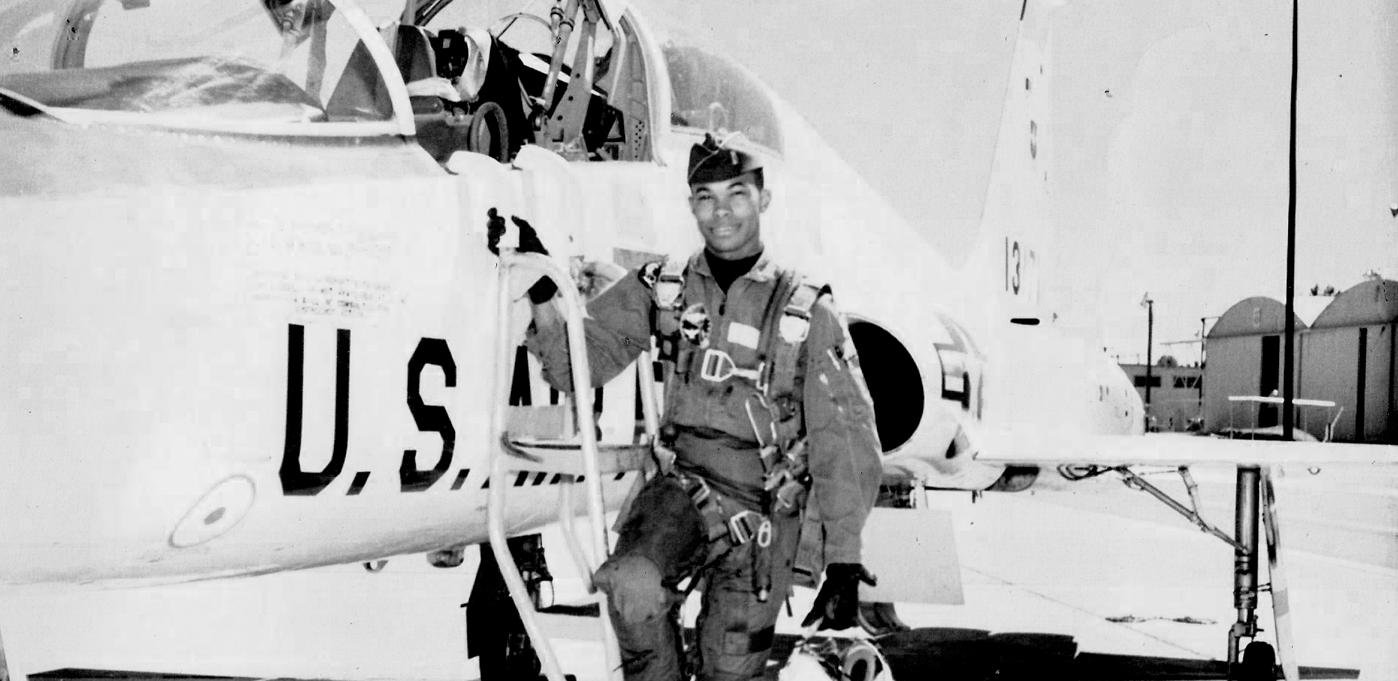How airline pilot and Vietnam War hero Carl Gamble saved his passengers from a hijacker

Captain Carl Gamble (USAF)
SUMMARY
On March 27, 1984, Carl Gamble was the captain of Piedmont flight 451, flying passengers from Charlotte, North Carolina, to Miami, Florida, when the flight attendant rang on the intercom. She told him a passenger didn’t want to go to Miami, but demanded to go to Havana, Cuba instead.
The passenger said he was “Lt. Spartacus, a soldier in the Black Liberation Army,” and his compatriots had planted explosives aboard the aircraft. If the plane landed in Miami, he would kill everyone aboard. Carl Gamble had a decision to make, even if it wasn’t a difficult one.
Gamble was used to flying under pressure. Just 15 years before the hijacking, he was a U.S. Air Force pilot of a C-47 in South Vietnam, flying out of Da Nang Air Base. His job was flying propaganda pamphlets into North Vietnam, offering food to Viet Cong Guerrillas in exchange for their rifles.
Most of the time, the enemy troops on the ground would not fire on C-47 transport aircraft, because they believed them to be mostly harmless and not worth giving away their position. But one day, as Gamble flew his cargo over the enemy, they decided to open up on him. Gamble’s plane soon became riddled with .50-caliber bullet holes.
The bullets from the ground fire tore through the plane's hydraulic lines and tore up the transport aircraft’s left wing and engine. It also caught the plane on fire, a dangerous situation for an aircraft still full of fuel, as Gamble’s was. The fire burned into the left wing, caught the engine and blew it up.
Amazingly, the wing stayed attached, even though the engine’s fuel cell had blown it clean off the left wing of the aircraft. Though that was a bit of good luck, Gamble and his C-47 were still 20 miles from the Da Nang airfield. Carl Gamble decided to make an attempt to fly home, rather than bail out over enemy territory.
On fire and losing altitude, the plane flew directly to the airfield, against traffic, due to its dangerous situation. Severely damaged and still burning, Gamble landed in the transport craft. The crew, however, could not escape due to the fire blocking the rear exit of the plane. That’s when one quick-thinking helicopter pilot hovered his craft overhead, to allow the wash from its rotors to clear the path for the escaping crew.
When all of the airmen on the plane were out, Gamble left the aircraft too. They ran from the burning hulk and thirty seconds later, its fuel tanks finally exploded and the aircraft was completely destroyed in a ball of fire.
For keeping a cool head under immense pressure, quick-thinking, skills at the stick of his C-47, and for getting the crew safely to the ground and out of harm’s way, Carl Gamble was awarded the Distinguished Flying Cross.
Flashing forward to 1984, on the day his civilian airliner was hijacked, Carl Gamble decided to take less of a gamble and fly on to Jose Marti Airport in Havana. He would not risk the lives of his passengers. He signaled a distress code to air traffic controllers informing them the plane had been hijacked and landed it in Havana.
Once on the ground, all 52 passengers were unloaded safely and 100 Cuban soldiers took Lt. Spartacus into custody. Carl Gamble survived both incidents without losing any of his people. He later wrote his memoir, My Blue Yonder.
SHARE
